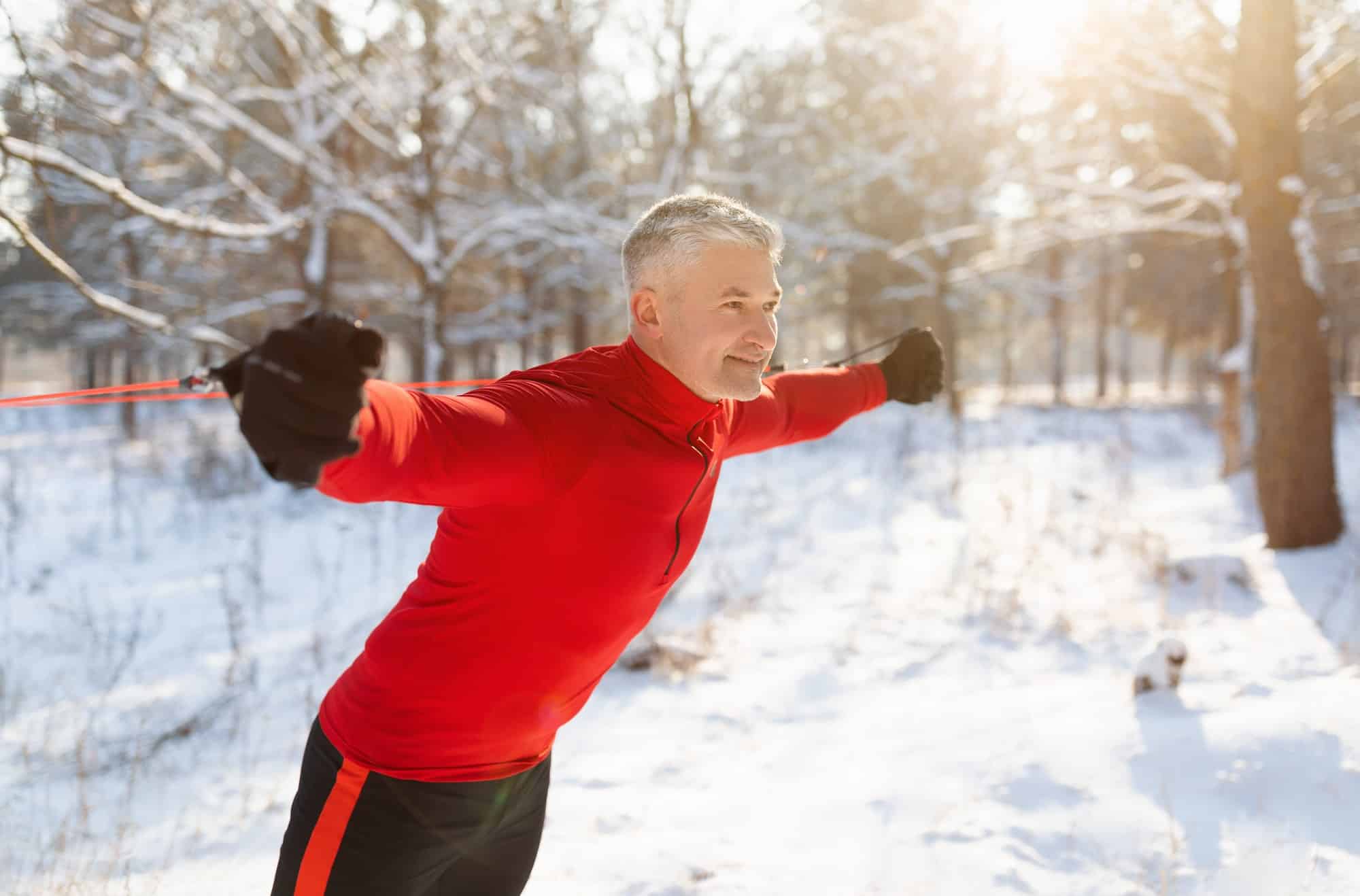How Can Heat Acclimation Training Benefit Athletes Preparing for Competitions in Hot Climates?

Athletes are constantly looking for ways to enhance their performance, pushing their bodies to the limit in various challenging environments. As global sports competitions increasingly take place in hotter climates, understanding how to effectively prepare the body for these conditions has become vital. In this context, the importance of heat acclimation training cannot be overstated. It is a process in which athletes expose themselves to high temperatures during training to enhance their body’s ability to perform in hot conditions. This article will delve into the fundamentals of heat acclimation, its benefits, and how it can be incorporated into an athlete’s training regime.
The Science of Heat Acclimation
Heat acclimation is a physiological adaptation to repetitive exposure to high temperatures. It results in the body’s improved capacity to manage heat stress, allowing athletes to perform better in hot conditions. According to studies indexed on Google Scholar and PubMed, the human body starts adapting to heat after about five days of exposure, with significant improvements observed in 10 to 14 days.
A lire en complément : How Can Nutrigenomics Be Applied to Personalize Diets for Elite Athletes?
The body’s initial response to heat includes elevated heart rate, increased sweat production, and higher body temperature. However, with regular exposure to a hot environment, physiological changes occur which help the body to maintain a lower core temperature, reduce heart rate, and enhance sweat rate and distribution. Moreover, the quality of sweat improves as it becomes more diluted over time, thus limiting dehydration and electrolyte loss.
Heat Acclimation and Enhanced Athletic Performance
Relevant research on PubMed indicates that heat acclimation provides a significant boost to athletic performance. This is primarily due to the physiological changes it induces, including increased plasma volume, improved cardiovascular stability, and enhanced exercise economy. When the body becomes accustomed to heat stress, it is able to maintain a cooler internal temperature and effectively transport oxygen to working muscles, resulting in superior endurance and performance.
Sujet a lire : What Specific Drills Can Improve Defensive Positioning in Youth Basketball Players?
Furthermore, heat acclimation training aids in reducing the perceived exertion during exercise, which refers to the level of effort, strain, discomfort, and fatigue that athletes feel during physical activity. This psychological advantage can be a game-changer for athletes competing in hot climates.
Heat Acclimation Training Methods
There are several heat acclimation methods that athletes can employ to prepare for competitions in hot climates. Essentially, these methods involve training in artificial or natural hot environments for a specific period. According to CrossRef and Google Scholar databases, these methods can be classified into three categories: passive heat acclimation, exercise-induced heat acclimation, and post-exercise hot bath immersion.
Passive heat acclimation involves exposure to a hot environment without exercise. This method induces heat stress in the body, stimulating an adaptive response. In contrast, exercise-induced heat acclimation combines heat exposure with physical activity. This method is found to be more effective as it produces a higher level of heat stress, eliciting a stronger physiological response. Lastly, post-exercise hot bath immersion is a supplementary method that extends heat exposure after exercise.
Implementing Heat Acclimation in Training Regime
Incorporating heat acclimation into an athlete’s training regime requires a well-planned strategy. It is essential that athletes proceed with caution, gradually increasing heat exposure to avoid heat-related illnesses. Athletes should start with short sessions and progressively increase the duration and intensity over time.
It is also paramount to maintain hydration during heat acclimation training. Athletes should drink plenty of fluids before, during, and after training. Sports drinks that contain electrolytes can be beneficial in replenishing lost salts and preventing dehydration. Finally, cooling strategies, like wearing moisture-wicking clothing and using cold towels, can help manage body temperature during training.
Precautions and Considerations in Heat Acclimation Training
While heat acclimation can offer numerous benefits, it is not without risks. Excessive heat exposure can lead to heat-related illnesses like heat stroke or heat exhaustion. Therefore, it is essential to monitor body signs and symptoms such as dizziness, nausea, headache, and excessive sweating during the acclimation process.
Medical supervision is also recommended, especially for athletes with underlying health conditions. They should consult with a sports med expert before starting a heat acclimation training program. Additionally, individual differences in heat tolerance should be taken into account when designing heat acclimation programs, as what works for one athlete may not work for another.
In conclusion, heat acclimation is a powerful tool in enhancing athletic performance in hot climates. However, its application requires careful planning, execution, and supervision for the safety and health of the athletes.
The Biological Aspects of Heat Acclimation Training
Understanding the biological aspects of heat acclimation training is key to its proper application. When an athlete is exposed to high temperatures, the body’s response is an elevated heart rate, increased sweat production, and a rise in body temperature, as per research indexed on Google Scholar. However, with regular exposure to this type of heat stress, the body eventually undergoes important physiological shifts.
One of these changes is an increase in plasma volume, as indicated by studies on PubMed. Elevated plasma volume results in improved cardiovascular stability and helps maintain a cooler core temperature. This is crucial as a cooler core temperature allows the body to transport oxygen more efficiently to working muscles, enhancing exercise performance.
Moreover, the body adapts by enhancing its sweat rate and distribution, thus cooling the body more effectively during intense physical activity. The sweat also becomes more diluted over time, limiting dehydration and electrolyte loss. These physiological changes, known as heat acclimation, optimize the athlete’s body for performing in hot climates.
Heat Acclimation Training vs. Altitude Training
Comparing heat acclimation training with other training methods like altitude training reveals unique benefits. While altitude training, as documented in Med Sci publications, focuses on increasing an athlete’s red blood cell count for better oxygen-carrying capacity, heat acclimation primarily impacts the body’s heat management system.
Though both methods aim to enhance an athlete’s performance, heat acclimation provides an advantage when competing in hot climates. It not only improves the body’s ability to manage heat stress but also lowers the perceived exertion during exercise, a critical factor that can greatly influence an athlete’s performance.
Conclusion
In a world where sports competitions are increasingly held in hot climates, heat acclimation training has emerged as an essential part of an athlete’s preparation. This training method, backed by numerous studies on Google Scholar and PubMed, can significantly improve an athlete’s performance by enhancing their body’s ability to manage heat stress.
Implementing heat acclimation training, however, requires a cautious and intelligent approach. While carefully designed training regimes can help athletes gradually acclimate to high temperatures, the importance of maintaining hydration, employing cooling strategies, and monitoring for symptoms of heat-related illnesses should not be overlooked.
Furthermore, individual differences in heat tolerance must always be considered. Therefore, athletes are advised to consult with a sports med expert before starting a heat acclimation program. In the pursuit of excellence, athletes must remember that their health and safety are always paramount.
As our understanding of human physiology and exercise performance continues to grow, there is no doubt that heat acclimation training will continue to evolve, providing athletes with a competitive edge in hot climates. However, the key to unlocking its full potential lies in a comprehensive understanding of its benefits, proper application, and a respect for the body’s limits.
